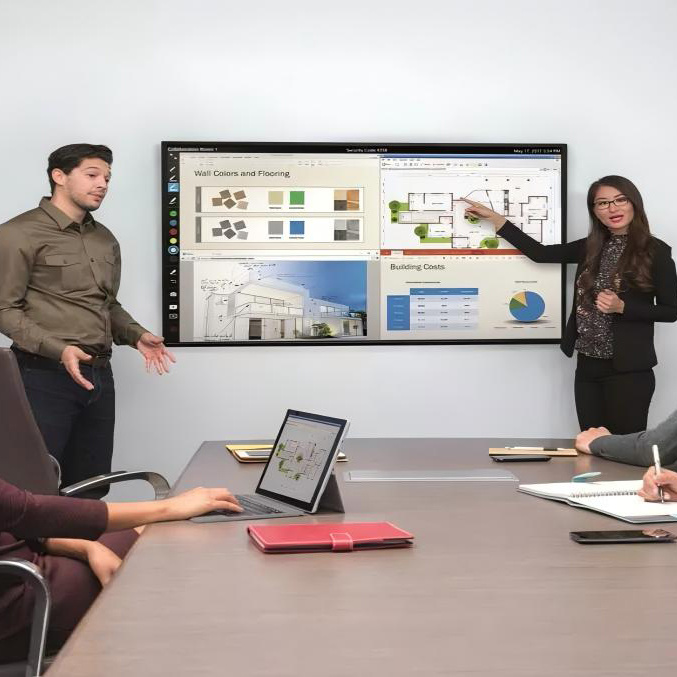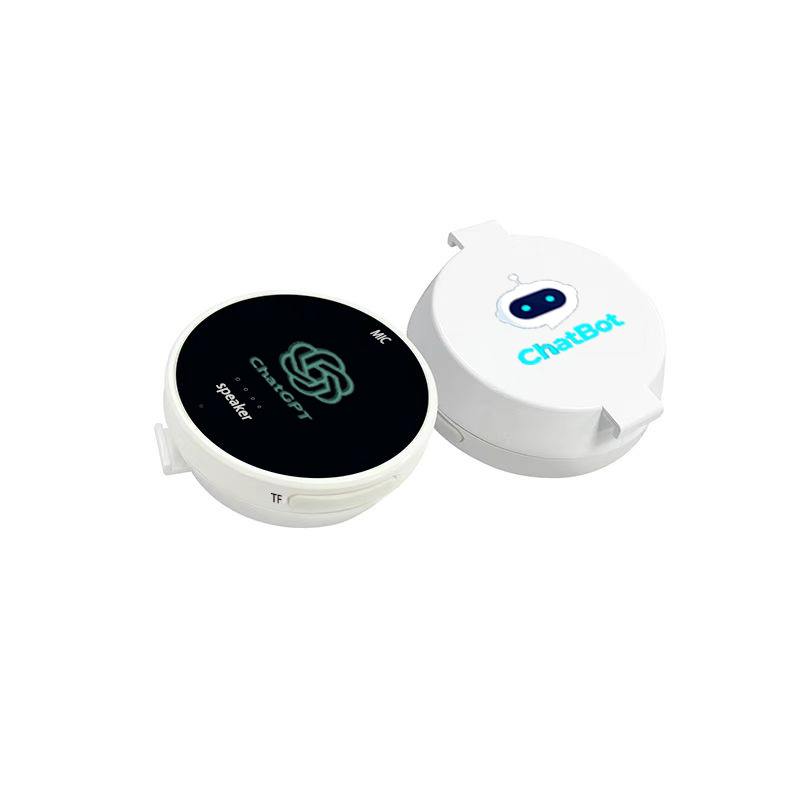Unlocking the Future of Automotive Technology: The Role of Edge Computing AI Boxes with Algorithm NPU
2025-07-08
In the rapidly evolving landscape of automotive technology, the integration of Edge Computing AI boxes with Algorithm Neural Processing Units (NPUs) is at the forefront of innovation. These advanced computing solutions are transforming how vehicles process data, making them smarter and more efficient.
Edge computing refers to a distributed computing paradigm that brings computation and data storage closer to the sources of data. This approach reduces latency and bandwidth use, making it ideal for real-time applications in the automotive sector. In vehicles, this means that data from various sensors, cameras, and systems can be processed instantly, allowing for quicker decision-making and improved functionality.
The inclusion of AI capabilities further enhances this technology. AI algorithms running on NPUs are designed to handle complex tasks such as image recognition, natural language processing, and predictive analytics. This allows vehicles to interpret their surroundings, recognize obstacles, and even understand driver commands with remarkable accuracy. For instance, a car equipped with an Edge Computing AI box can analyze traffic conditions and optimize navigation routes in real time, providing drivers with the most efficient paths and enhancing overall safety.
One of the most significant advantages of Edge Computing AI boxes with Algorithm NPUs is their ability to operate independently of cloud computing. While cloud computing is beneficial for data storage and heavy processing tasks, reliance on it can introduce delays. Edge computing mitigates this issue by enabling on-the-spot data processing. As a result, vehicles can respond to dynamic situations, such as sudden braking or collision avoidance, without the need for a roundtrip to the cloud.
Moreover, the automotive industry is also seeing a growing demand for personalized experiences. With the help of these advanced technologies, vehicles can learn from driver behavior and preferences, allowing for tailored recommendations and settings. This personalization increases user satisfaction and fosters a deeper connection between the driver and the vehicle.
In conclusion, Edge Computing AI boxes equipped with Algorithm NPUs represent a significant leap forward in automotive technology. By enabling real-time data processing, improving safety, and enhancing the overall driving experience, these innovations are setting the stage for the future of smart vehicles. As the automotive industry continues to embrace these technologies, consumers can look forward to a new era of driving that is not only more efficient but also safer and more enjoyable.
Edge computing refers to a distributed computing paradigm that brings computation and data storage closer to the sources of data. This approach reduces latency and bandwidth use, making it ideal for real-time applications in the automotive sector. In vehicles, this means that data from various sensors, cameras, and systems can be processed instantly, allowing for quicker decision-making and improved functionality.
The inclusion of AI capabilities further enhances this technology. AI algorithms running on NPUs are designed to handle complex tasks such as image recognition, natural language processing, and predictive analytics. This allows vehicles to interpret their surroundings, recognize obstacles, and even understand driver commands with remarkable accuracy. For instance, a car equipped with an Edge Computing AI box can analyze traffic conditions and optimize navigation routes in real time, providing drivers with the most efficient paths and enhancing overall safety.
One of the most significant advantages of Edge Computing AI boxes with Algorithm NPUs is their ability to operate independently of cloud computing. While cloud computing is beneficial for data storage and heavy processing tasks, reliance on it can introduce delays. Edge computing mitigates this issue by enabling on-the-spot data processing. As a result, vehicles can respond to dynamic situations, such as sudden braking or collision avoidance, without the need for a roundtrip to the cloud.
Moreover, the automotive industry is also seeing a growing demand for personalized experiences. With the help of these advanced technologies, vehicles can learn from driver behavior and preferences, allowing for tailored recommendations and settings. This personalization increases user satisfaction and fosters a deeper connection between the driver and the vehicle.
In conclusion, Edge Computing AI boxes equipped with Algorithm NPUs represent a significant leap forward in automotive technology. By enabling real-time data processing, improving safety, and enhancing the overall driving experience, these innovations are setting the stage for the future of smart vehicles. As the automotive industry continues to embrace these technologies, consumers can look forward to a new era of driving that is not only more efficient but also safer and more enjoyable.
Prev













